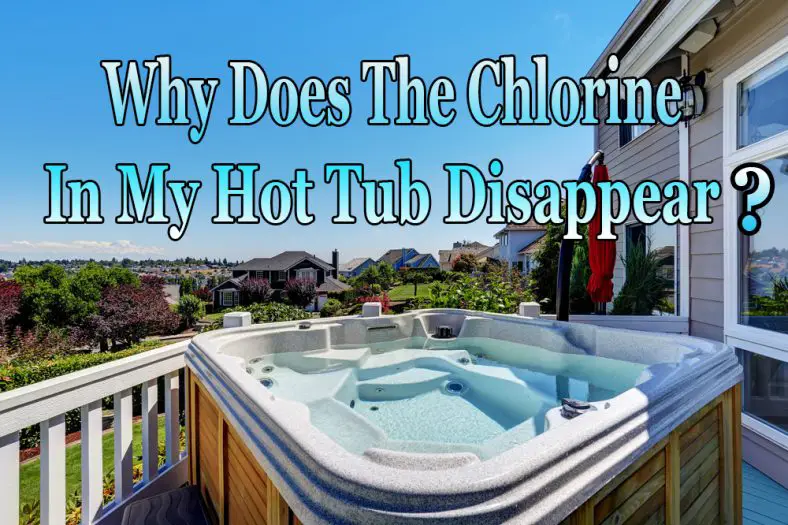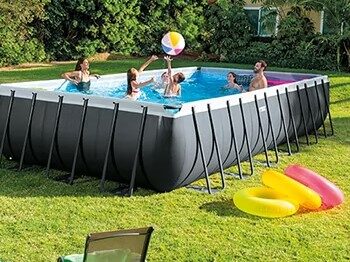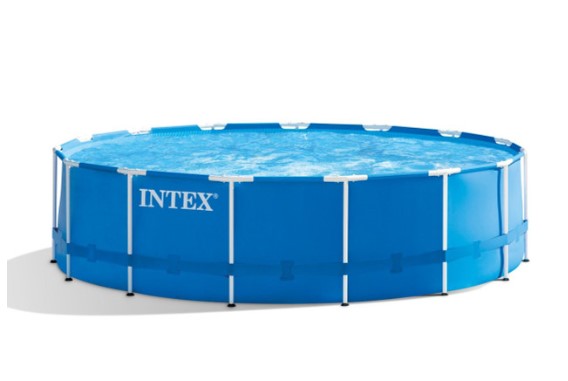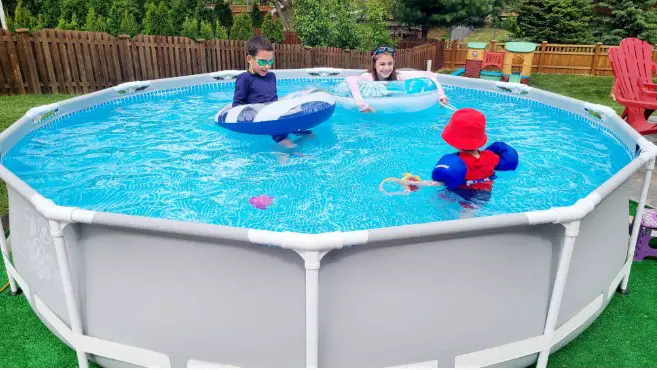The popularity of at-home hot tubs has boomed in the last few years. Having a hot-tub at home has become a popular staple of the perfect, relaxing home set-up.
Hot tubs are great ways to let off some steam, spend some time with your partner, or even invite your friends and family over for hot tub parties.
In this sense, you have to make sure your hot tub is working effectively at all times.
Hot tub hygiene should be your number one priority before using.
In order to make sure your hot tub is in great working condition, you should always check the PH balance and you should take note of the chlorine levels within your hot tub.
Maintaining the correct chlorine levels are vital, as this can ensure that the water is safe, and free of any harmful bacteria.
You should be topping up your chlorine levels regularly to make sure that your hot tub is safe for bathing in.
But sometimes the levels can drop, and your hot tub’s chlorine may need topping up more than usual.
This could lead you to ask the question:
Why does the chlorine in my hot tub disappear?
There are many reasons as to why this happens.
The main reason the chlorine level in your hot tub keeps dropping is because as chlorine works to destroy bacteria and other contamination to your tub, it is being used up quickly.
In addition to this, chlorine breaks down easily in high temperatures, and will therefore dissipate quickly when used to sanitize and disinfect a hot tub or spa.
In this sense, some users prefer bromine as it is more durable in heat and you will therefore not need to use it as much.
Also, if you are lucky enough to live in an extremely sunny area, the chlorine will be soaked up through the sun’s powerful UV rays.
This will then begin to lower and evaporate your chlorine levels over time.
A hot tub is a literal breeding ground for microorganisms such as bacteria, algae, fungi and protozoa.
The temperature can propagate bacteria quickly, and these can cling to the interior of your hot tub. These microorganisms can form what is called a biofilm build up within your hot tub.
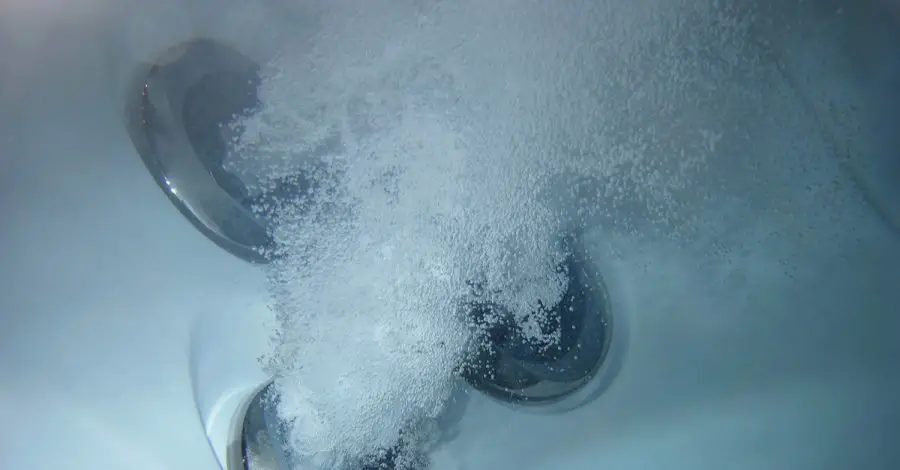
The chlorine in your hot tub will continually fight and try to destroy the biofilm build up, however this bacteria can cling to the plumbing and jets of the tub, making it much harder to remove.
Therefore, the chlorine is being used up faster, and is wasted trying to destroy this type of build up.
If this is the case, then we recommend you use a purging or deep cleaning product that will penetrate and destroy the bio build up.
This will be a powerful flushing and sanitization product that will need removing afterwards.
Therefore, you should empty the water after its use, and start again. Your water should then smell and look better and maintain chlorine levels for longer periods of time.
Most users recommend an oxidizing or ‘shocking’ treatment for your hot tub.
‘Shocking’ a hot tub or spa means to apply a strong dose of chlorine to break down any damaging or contaminating particles and purify the water for use.
It is best to do this after using the hot tub, or at night so the chlorine levels have time to lessen, so that it is safe and ready to use the next time.
In any case, when planning on using the hot tub, you should always add chlorine to the water.
Before using the hot tub, you should add a strong level of chlorine from 8-10ppm to ensure that the water is definitely sanitized and safe for use.
However, you should only enter the water once the chlorine levels have dropped to a more manageable level of 2-4ppm and will therefore be safe for bathing.

Likewise, you should never use a hot tub or spa if the chlorine levels are below what they should be. This can be very dangerous and can promote the spreading of bacterial infections.
On the other hand, using too much chlorine in the water can cause adverse reactions.
Chlorine can cause irritation in the eyes and skin, creating redness and rashes that can be very damaging to your well-being. So you must reach the correct balance.
If the problem is maintaining the chlorine levels, then we recommend using chlorine or bromine tablets.
These types of sanitizers can help maintain safe levels of chlorine as they are slow dissolving and you can add more or less to ensure you find the right balance that is safe for bathing.
It is sometimes irritating to notice that the chlorine in your hot tub just disappears, even though you may be adding to it daily to make it safe for use.
This can become time-consuming, repetitive and very expensive in the long run.
If you feel that you are adding the correct amounts of chlorine and it is dissipating, we recommend that you try covering your tub to prevent UV rays penetrating and breaking apart the chlorine.
If that still does not work them make sure you have ‘shocked’ your hot tub plumbing system.
This will ensure you remove all microorganisms from the interior of your tub, and your chlorine will not have to work so hard and get used up so quickly.
Conclusion
You should always bear in mind that even though adding chlorine time and time again can be expensive and annoying, you should always ensure that you have the right levels of sanitation in your hot tub.
The Center of Disease Control and Prevention only recommend chlorine or bromine to reduce contamination.
It is vital that you maintain the perfect levels of chlorine or sanitation, so that you can sustain the health and safety of your waters, and enjoy your hot tub or spa time and time again.

